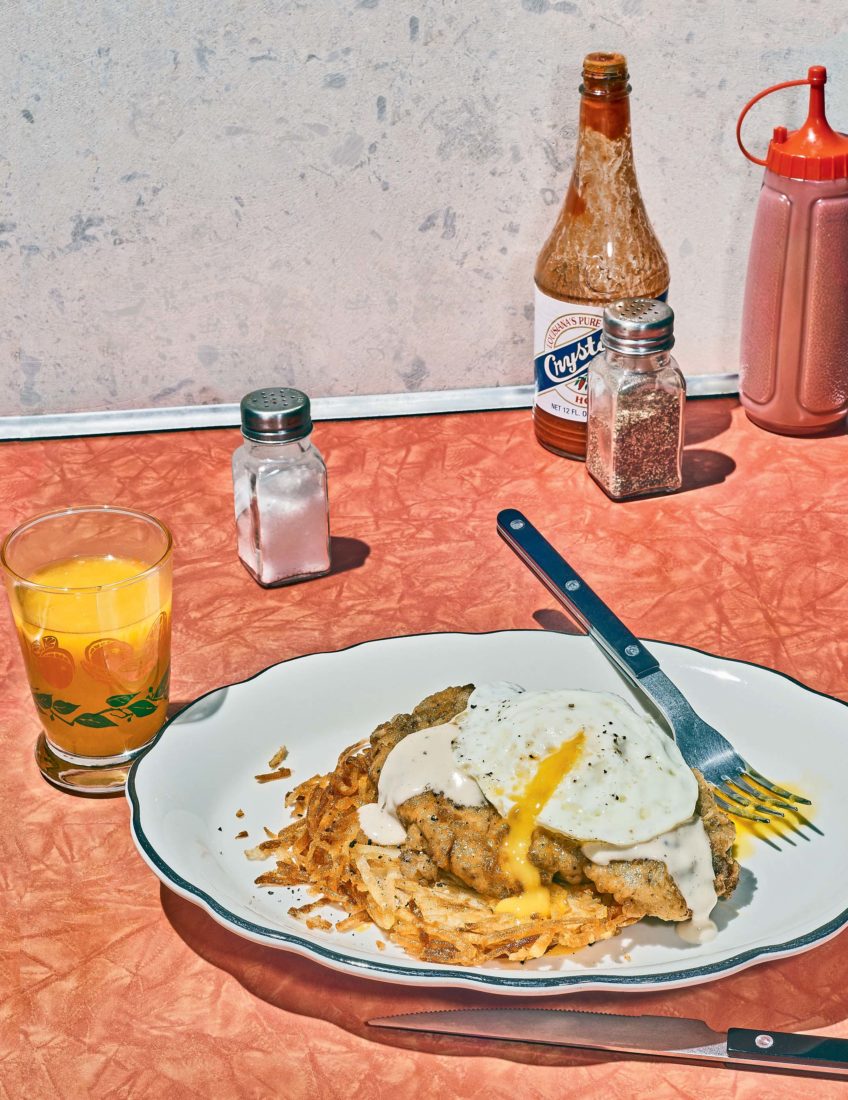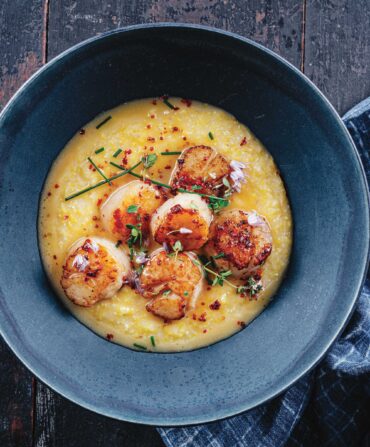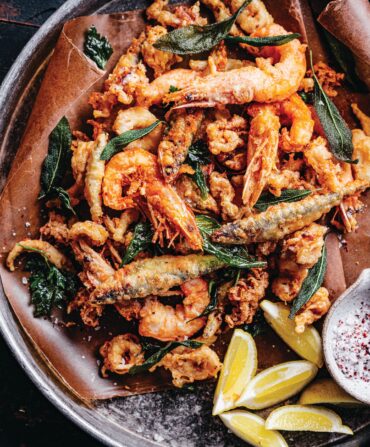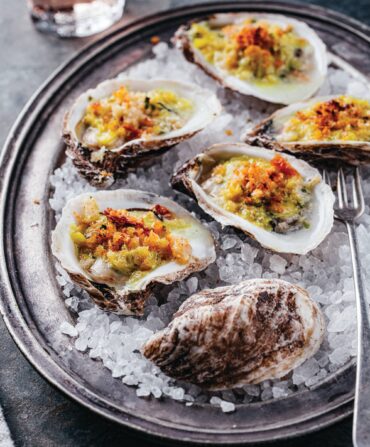In the late 1800s, when chicken-fried steak started to catch on in Texas and beyond, cooks did what they could to tame tough, inferior cuts of meat into fork-tender submission. They pounded them with hammers, smacked them with mallets, or even took to them with the edges of sturdy plates—just as they do today.
At Emma + Ollie, a restaurant in a charming little house in Fredericksburg, Texas, Rebecca Rather cuts to the chase: She starts with slices of grass-fed beef tenderloin. Because the tenderloin is so soft, it takes only a few whacks with a rolling pin or the side of a heavy knife to flatten the slices enough so they cook quickly in hot oil, the batter forming a crust that helps keep the meat moist.
Although chicken-fried steak is the stuff of diners and ranch-hand suppers, there is no reason not to elevate it with quality ingredients and a little finesse. “You don’t have to, but if you can, why wouldn’t you?” Rather asks.
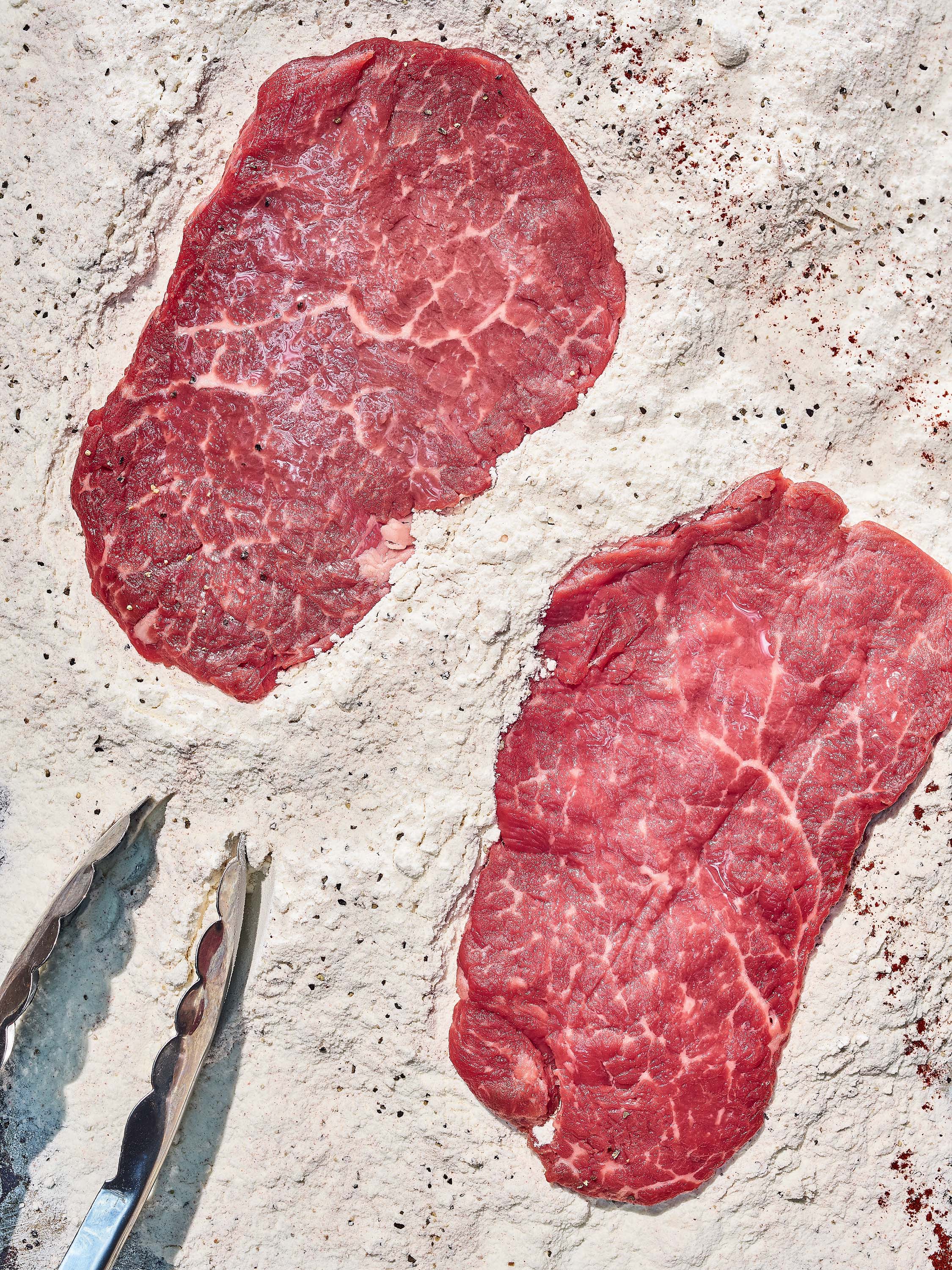
Johnny Autry
A baker by training and a cookbook author known as the Pastry Queen, Rather builds the menu at her restaurant from as many local and sustainable ingredients as she can. She landed in the Hill Country town about twenty years ago after a high-flying career cooking in Houston, Austin, and New York. She wanted to slow things down for herself and for her daughter, who was a teenager.
Rather ran a few other restaurants in Fredericksburg before recently settling into Emma + Ollie. As a native Texan, she grew up on chicken-fried steak, learning the ropes from her mother. She refined her technique after a tutorial from “Cowboy Chef” Grady Spears, who most consider to be Texas’s chicken- fried steak Jedi Master. “I thought I knew a lot about it,” Rather says, “but he came in one weekend and showed me how to really work the flour into the meat with your fingertips before and especially after you dip the meat in the egg.”
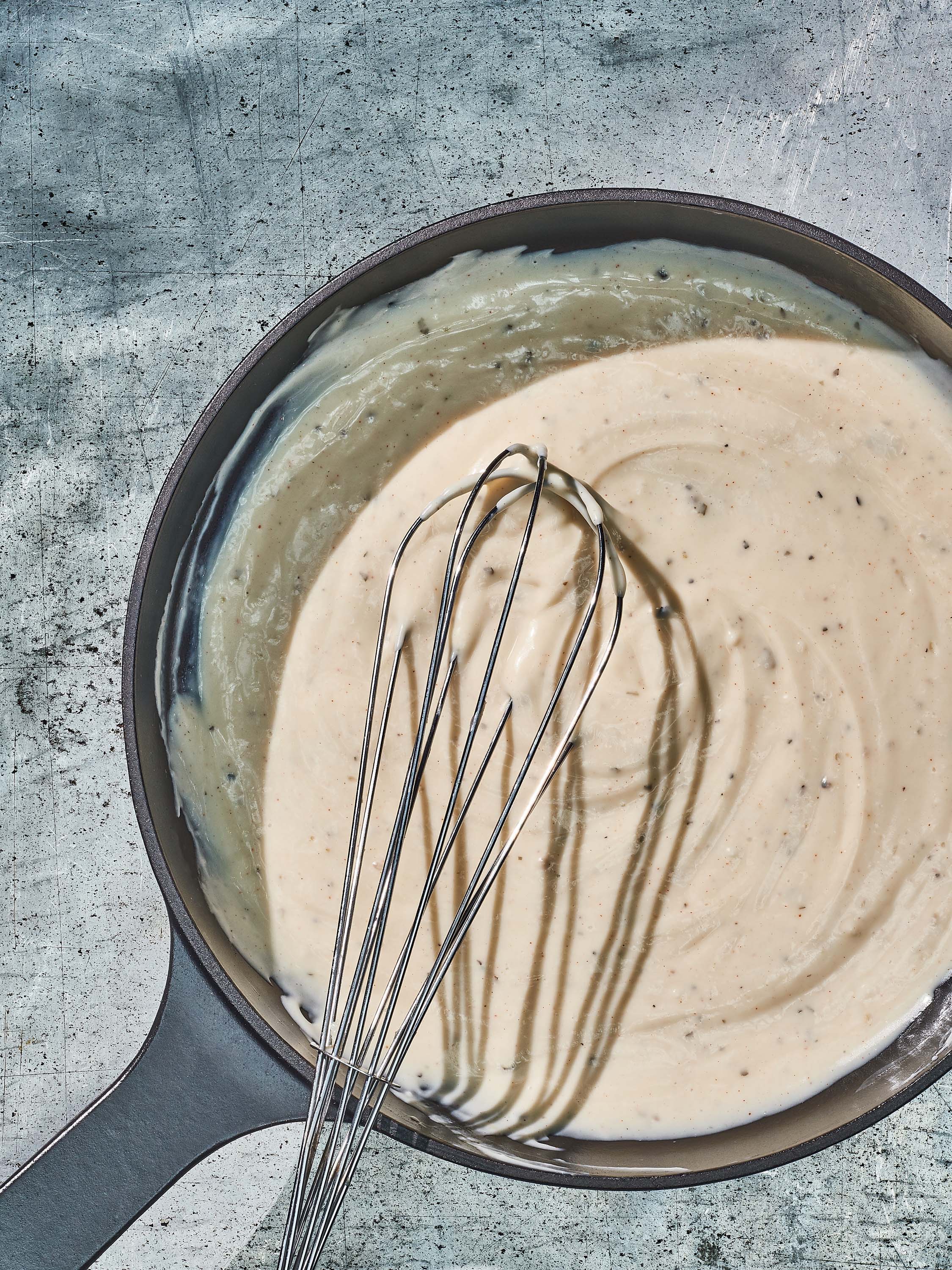
Johnny Autry
Although in some parts of Texas bread crumbs are the preferred steak coating, Rather seasons flour with a little smoked paprika and then uses what’s left over to thicken the gravy. The staff at Emma + Ollie serves the steak over crispy hash browns with a ladleful of peppered cream gravy and over-easy eggs. The dish is nicknamed the Papa’s Plate “because only a papa could eat it,” but Rather says some people also call it the Texas hangover cure.
You could get fussy and make the hash browns with fresh potatoes, but she says a good-quality frozen version works just fine. Use clarified butter for a nuttier taste and more even browning. Fry the eggs gently in clarified butter, too, she advises. And try to find really fresh eggs, preferably from someone you know. (Rather keeps her own flock of chickens, along with a rooster named Robert Redford.)
“There is no reason in the world to not use the best ingredients you can,” she says. “Even chicken-fried steak deserves that.”


